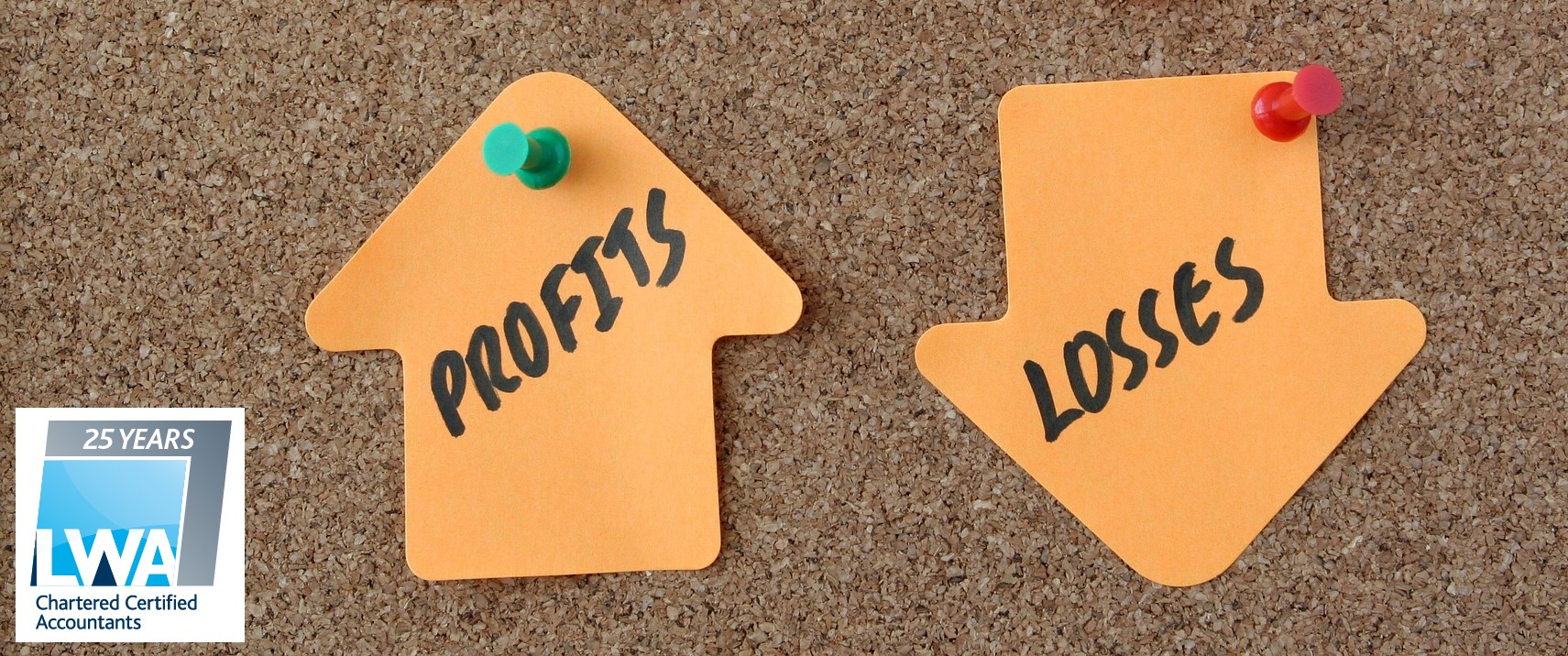
If your business has been affected by losses since 1 April 2020, then read on below to see if you can claim.
What is Company Loss Relief?
Currently, a business incurring a trading loss in an accounting period, may make a claim for that loss to be set off against total profits of the same accounting period. Furthermore, a company can claim for the unused balance of such losses to be set off against total profits of the preceding 12-month period (provided that the business was undertaking the same trade in the accounting period or period(s) which fall within that 12-month period). Where an accounting period straddles the preceding 12-month period, the profit is apportioned, and losses can only be set off against profits falling within the 12-month period.
Alternatively, a trading loss may be carried-forward and set against trading profits or set against total profits of subsequent accounting periods depending on whether the losses are pre or post 1 April 2017 trade losses. These losses may also be subject to restriction on the amount of profits that can be offset. Any losses that are carried-forward from earlier periods cannot be carried back.
The new temporary extension applies for losses in accounting periods ending between 1 April 2020 and 31 March 2022, and claims must be made within 2 years of the end of the accounting period in which the loss being carried back arises.
Rules of the temporary extension for limited companies
If your business trades as a Limited company, claims over £200,000 must be made via a company tax return (CT600), and details of the carry back claims must be included in the computations that accompany the return and accounts.
There is no need to submit amended returns for any earlier periods that the extended relief applies to, as any claims will be treated as amendments to those returns.
Claims below the £200,000 limit can be made outside of the company tax return via the claim facility here.
Rules for unincorporated companies
For unincorporated businesses, a claim for loss relief will normally be made in a person’s tax return, however, where a claim will affect more than one year, a stand-alone claim may be made outside of a return.
The claim must specify the name of the business, the period for which the loss is made, the amount of the loss, and how the loss is to be used.
A stand-alone claim may be made as soon as the basis period for which the loss is made has ended and the loss has been calculated.
Deadlines for claiming Extended Loss Relief
If you are making a claim for a trade loss in the tax year 2020 to 2021, the deadline is 31st January 2023.
The time limit for making a claim to the extended relief for a trade loss in the tax year 2021 to 2022, will be 31st January 2024.
Further information
If your business has been affected by losses from April 2020, please speak to a member of our Tax team at LWA in Manchester on 0161 905 1801 or in Warrington on 01925 830 830. For full details of the Policy Paper on the Extended Loss Carry Back for Businesses, please visit Gov.uk here.
Our Corporate Tax team headed up by Nicola Antley-Slater, is experienced in supporting businesses to maximise reliefs and ensure the survival and growth of your company as we come through the current economy, post-Covid. We hope our blog has provided some insight, and if you have any questions about the Extended Loss Relief, please contact Nickie by emailing nicola@lwaltd.com – we’re here to help.
